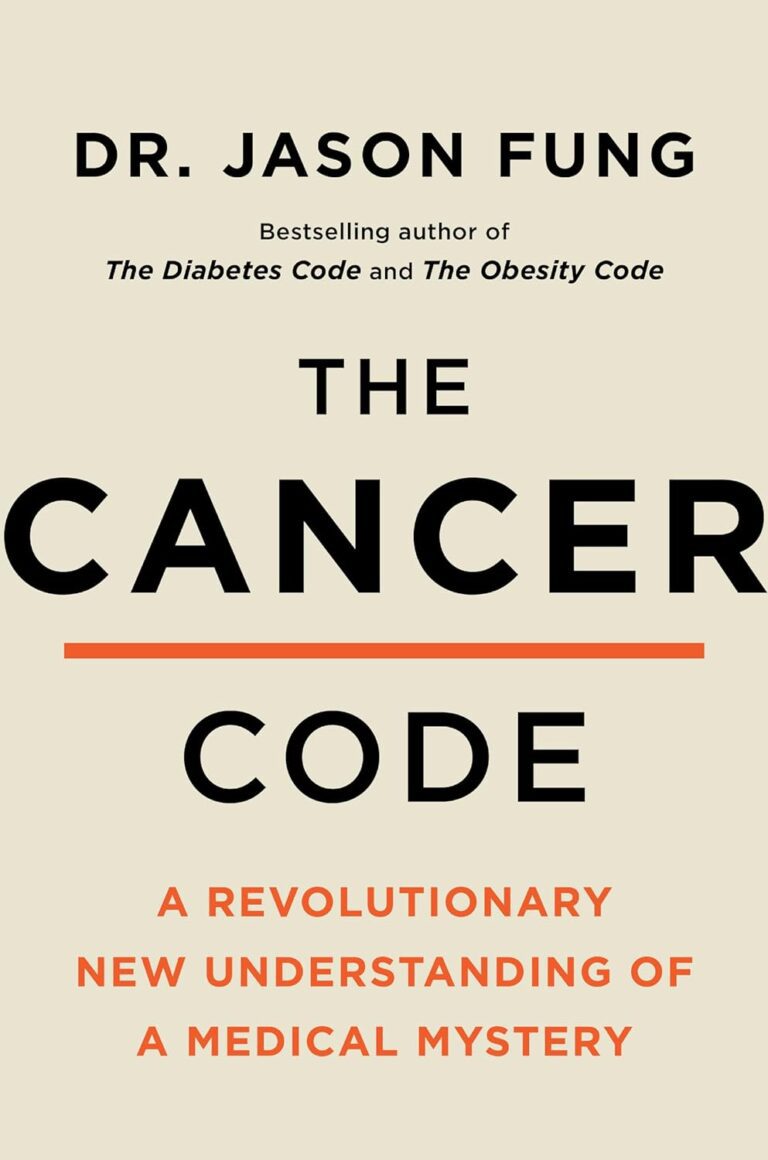
The world of healthcare is filled with jargon and complex medical terms. To the layman, these often sound daunting, making it difficult to comprehend the nature and purpose of certain treatments. One such term that we often come across in oncology is neoadjuvant therapy. In the simplest terms, neoadjuvant therapy involves treatment given before the primary therapy, usually a surgical procedure, to improve the chances of successful treatment.
The role and impact of neoadjuvant therapy in healthcare, particularly in cancer care, cannot be overstated. It is instrumental in reducing the size of tumors, which subsequently increases the chances of success of other forms of treatment. This article aims to unravel the complexities of neoadjuvant therapy, its pros and cons, and its overall significance in healthcare.
Unpacking the Meaning of Neoadjuvant Therapy
Neoadjuvant therapy, also known as induction therapy, refers to medical treatments instituted before main treatment to improve the prognosis. Most commonly, it involves giving chemotherapy, radiotherapy, or hormone therapy before surgery to shrink tumors in cancer patients. It’s often employed for breast cancer, lung cancer, rectal cancer, and certain types of esophageal cancer.
Understanding the Basics of Neoadjuvant Therapy
The utilization of neoadjuvant therapy depends on several medical factors. It is often used in cancers that are locally advanced, meaning they haven’t spread to distant parts of the body but are still too large or too close to critical organs to be surgically removed without risking harmful side effects.
The primary goals of neoadjuvant therapy are to reduce the size of the tumor, thereby facilitating its complete removal and decreasing the likelihood of cancer returning post-surgery. Additionally, it provides an early assessment of a treatment’s effectiveness, which can guide further therapeutic decisions.
The Pros and Cons of Neoadjuvant Therapy
The advantages of neoadjuvant therapy in cancer treatment are manifold. It allows for less invasive surgery by reducing the size and spread of the tumor. This considerably reduces surgery time and recovery period. It also acts as a litmus test to gauge the effectiveness of therapy in shrinking cancer growth.
However, despite the advantages, neoadjuvant therapy is not without its risks and side effects. These can range from mild symptoms such as fatigue and nausea to more severe complications such as an infection. There’s also a risk that the therapy might not shrink the tumor significantly or at all, necessitating a change in the treatment plan.
The Impact of Neoadjuvant Therapy on Cancer Treatment
Neoadjuvant therapy has significantly influenced the treatment approach for various forms of cancer, notably breast and lung cancers. It has been instrumental in converting inoperable tumors to operable ones, a landmark progress in oncological healthcare.
A variety of case studies underscore the effectiveness of neoadjuvant therapy. For instance, in breast cancer, neoadjuvant chemotherapy has been effective in both ER-positive and triple-negative subtypes, showing substantial improvements in pathologic complete response rates and survival outcomes.
Get to know us better
If you are reading this, you are in the right place – we do not care who you are and what you do, press the button and follow discussions live

The Process and Aftermath of Neoadjuvant Therapy
Neoadjuvant therapy typically begins with diagnostic tests to ascertain the size and location of the tumor. Based on this, a tailored treatment plan is formulated, usually involving a regimen of chemotherapy, hormone therapy, or radiotherapy. The length of treatment extends over a few months.
Post-treatment, patients often experience common side effects like nausea, vomiting, fatigue, hair loss, and changes in skin and nail texture. The recovery process requires ample rest, proper nutrition, and routine follow-ups to monitor for potential recurrence of the tumor.
Neoadjuvant Therapy Vs Adjuvant Therapy
In contrast to neoadjuvant therapy given before the primary treatment, adjuvant therapy is administered after the primary treatment to kill any remaining cancer cells and reduce the risk of recurrence. The choice between the two depends on several factors, including the type and stage of cancer, overall health of the patient, and the intended outcome of the therapy.
While neoadjuvant therapy is more about making the primary treatment easier, adjuvant therapy is about ensuring that the cancer does not return. Often, both these therapies are used in conjunction to provide a comprehensive treatment plan.
Conclusion
While there’s no denying that neoadjuvant therapy has its share of risks and side effects, its benefits in aiding successful cancer treatment remain undisputed. It’s a potent weapon in a healthcare provider’s arsenal, providing options where there may have been none, enhancing the efficacy of surgical interventions, and improving patient outcomes.
This deep dive into neoadjuvant therapy hopefully brings clarity, creates awareness, and emphasizes the immeasurable value it adds to our healthcare landscape.
Frequently Asked Questions
- What’s the main purpose of neoadjuvant therapy?
Neoadjuvant therapy’s primary purpose is to shrink tumors before the main treatment, making the subsequent surgery less invasive, thereby improving the success rate of the primary treatment.
- Is neoadjuvant therapy only used for cancer treatment?
While it is most commonly employed in cancer treatment, neoadjuvant therapy also has uses in other health conditions that may benefit from improving the condition before main treatment, such as vascular disease and pre-transplant preparations.
- What are some common side effects of neoadjuvant therapy?
Common side effects include fatigue, nausea, vomiting, hair loss, and changes in skin and nail texture. More serious complications can include infections and, rarely, damage to the heart or lungs.
- How is this therapy different from adjuvant therapy?
Neoadjuvant therapy is treatment given before the main treatment to shrink the tumor, making surgery easier. On the other hand, adjuvant therapy is given after the primary treatment to kill any remaining cancer cells and reduce the risk of recurrence.
- Can neoadjuvant therapy be used in conjunction with other treatments?
Yes, in many cases, neoadjuvant therapy is used in combination with other treatments to ensure a comprehensive attack on cancer cells.

















Comments
Thank you. Comment sent for approval.
Something is wrong, try again later